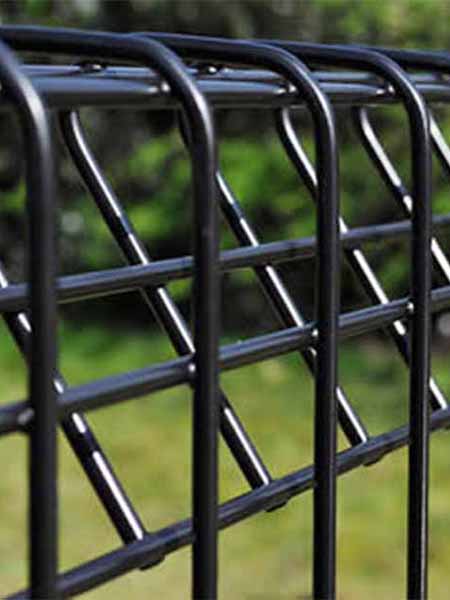Fencing Industry Innovations: Revolutionizing Boundaries and Safety
Imagine a world where fences not only demarcate boundaries but also actively contribute to safety and security. The fencing industry, long seen as a mundane necessity, is undergoing a transformation fueled by technological advancements and a growing demand for innovative solutions. In this article, we delve into the dynamics and advancements within the sector, exploring how groundbreaking innovations are shaping the future of the fencing industry.
Exploring Current Trends
Traditionally, fences were primarily chosen for their functional attributes, such as defining property lines and providing privacy. However, the modern consumer is seeking more from their fences. A key trend in the fencing industry is the fusion of durability and aesthetics. Manufacturers are finding ways to create fences that not only withstand the test of time but also enhance the visual appeal of residential and commercial properties.
Another notable trend is the integration of smart technology into fences. Smart fences are designed to improve security and provide real-time monitoring. With innovations such as embedded sensors, video surveillance, and remote access control systems, property owners can now have enhanced control over their fencing systems, ensuring unauthorized entry is detected and deterred.
The Advancements Within
The advent of composite materials has revolutionized the fencing industry. Traditional materials like wood and metal often require regular maintenance and may succumb to weathering and corrosion. Composite materials, on the other hand, offer the desirable attributes of durability, low maintenance, and resistance to wear and tear. With advancements in composite technology, fences now have an extended lifespan and require minimal upkeep, making them a cost-effective choice for consumers.
Another area witnessing significant advancements is automated gates and access controls. No longer confined to manual operation, fences can now integrate automated gate systems that offer convenience and heightened security. Keyless entries, biometric authentication, and smartphone-controlled access have become standard features in this futuristic industry.
Practical Insights and Beyond
While the fencing industry continues to innovate, it is crucial to consider practical insights and implementations. One practical consideration is the environmental impact of fences. Sustainable materials and manufacturing processes are gaining traction within the industry, ensuring fences can be both eco-friendly and durable. Additionally, designs that promote natural ventilation and allow for optimal light penetration are becoming popular, aligning with the growing demand for energy-efficient solutions.
Safety is another key aspect that should not be overlooked. Innovative fence designs now prioritize safety features, especially for residential properties with children and pets. Rounded edges, non-toxic materials, and anti-climbing features are just a few examples of how the industry is embracing safety as a core element of fence design.
Future Trajectory and Conclusion
As the fencing industry continues to push the boundaries of innovation, the future trajectory looks promising. We can anticipate further advancements in smart technology integration, with fences capable of analyzing data and providing predictive security measures. Automation will likely become more sophisticated, offering seamless and intuitive control over fence operations.
In conclusion, the fencing industry is undergoing a remarkable transformation, propelled by advancements in materials, technology, and consumer preferences. With a growing emphasis on durability, aesthetics, and safety, fences are no longer mundane structures but essential components that contribute to the overall experience of properties. As we embark on a new era of fencing industry innovations, it is clear that fences will play a critical role in shaping the future of security, design, and sustainability.

